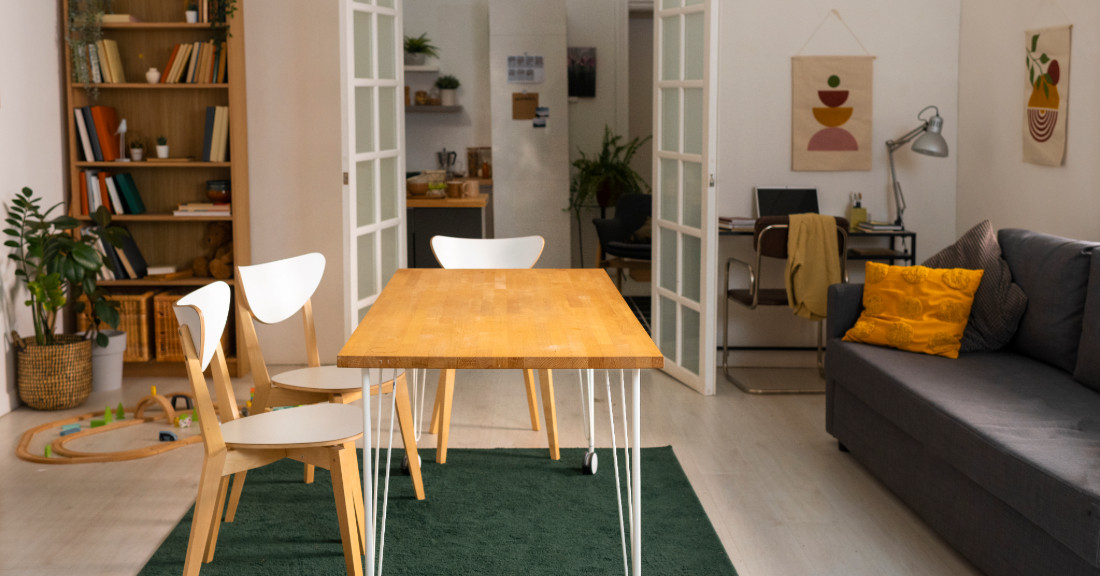Choosing between modern and traditional furniture can completely transform the look and feel of your home. Each style offers distinct aesthetics, comfort, and functionality. Understanding the differences—and what works best in your space—can help you design a cohesive, comfortable home environment.
If you entertain often, a traditional setup with plush seating may feel more welcoming. But if your lifestyle is fast-paced or you live in a smaller apartment, the streamlined design of modern pieces could make your space feel more open and organized.
You don’t have to commit to one style entirely—mixing elements can create a unique look that feels true to you. The goal is to create a space that feels both functional and beautiful.
1. Understanding the Characteristics of Modern Furniture
Modern furniture is known for its clean lines, minimal ornamentation, and functional design. It often features neutral colors, sleek materials like metal and glass, and a focus on simplicity. This style embraces open spaces, geometric shapes, and a “less is more” approach. If your home has an open floor plan, large windows, or contemporary architecture, modern furniture can complement it perfectly without overwhelming the space.2. Exploring the Charm of Traditional Furniture
Traditional furniture reflects timeless elegance and classic details. Think ornate woodwork, carved legs, curved arms, rich fabrics, and warm colors. Pieces often draw inspiration from 18th and 19th-century European design, adding a sense of heritage and coziness to a room. Traditional style is well-suited to homes with detailed trim, formal layouts, and a cozy, inviting ambiance. It’s ideal for those who enjoy a sense of history and sophistication in their living spaces.3. Which One Matches Your Lifestyle?
Your lifestyle plays a key role in choosing a furniture style. Modern furniture is often preferred by those who appreciate simplicity, clean aesthetics, and easy maintenance—ideal for busy households or minimalist-minded individuals. On the other hand, traditional furniture suits people who value comfort, classic charm, and enjoy a more curated, layered space.If you entertain often, a traditional setup with plush seating may feel more welcoming. But if your lifestyle is fast-paced or you live in a smaller apartment, the streamlined design of modern pieces could make your space feel more open and organized.
4. Blending the Two: Transitional Style
Not sure if you want to go fully modern or completely traditional? Transitional style offers a balanced mix of both. This hybrid approach combines the clean silhouettes of modern furniture with the warmth and textures of traditional design. For example, you might pair a sleek modern coffee table with a tufted, rolled-arm sofa. This approach is great for those who appreciate both styles or live in a home where architectural features lean one way while personal taste leans another.5. Choosing What Works Best for Your Space
Ultimately, the best style is one that fits your space and reflects your personality. Consider your room’s size, lighting, layout, and existing architecture. Modern furniture often works better in smaller or more open-concept homes, while traditional pieces suit larger spaces that can accommodate their scale and detail.You don’t have to commit to one style entirely—mixing elements can create a unique look that feels true to you. The goal is to create a space that feels both functional and beautiful.








